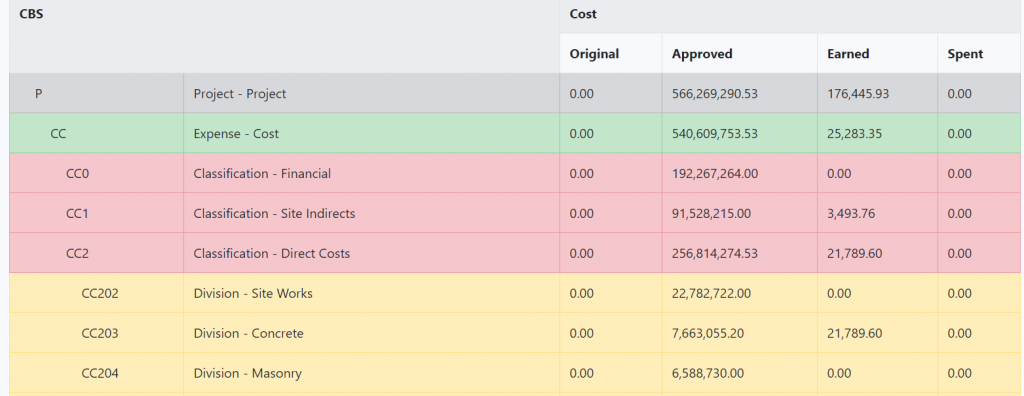BIM and Budgets

Many projects appear profitable on cost reports until progress reaches 95%. The final 5% percent, become the fatal 5%, transforming all the profitability into losses. Some construction experts call it the “5% per cent syndrome”.
There are various explanations for these losses most of them attributed to delays in knowing how much should have been spent versus what was actually spent, depriving decision-makers of taking corrective actions on time. However, I want to highlight how BIM can mitigate those losses in this blog post.
Using any of the reputed estimation systems will provide standard estimates on the bill of quantities (BOQ), resources, type of work, etc. Next, a program of work with a homogenous Work Breakdown Structure (WBS) needs to be in place to allow intelligent linking between the schedule and the estimate. Complementing the BIM model with WBS and BOQ completes this vital chain by integrating Schedule, Cost, and Scope.

As the job is estimated by commodity and its cost is controlled by responsibility, BIM data is the “glue” that links between the job to be done and how much it should cost.
While actual costs are typically captured in ERP systems allowing the project to compare earned versus actual, and flag cost overruns as they happen, what is even better is to have visibility on the cost to complete the project and highlight potential overruns in advance.

As we are adamant to support project efficiencies and optimizing costs, BlackSmithSoft DC or BlackSmithSoft AWP has integrated BOQ, WBS, and BIM in one platform providing minute-by-minute project cost status. As such the project stakeholders can know the project cost status without delays and take the right decision at the right time.
